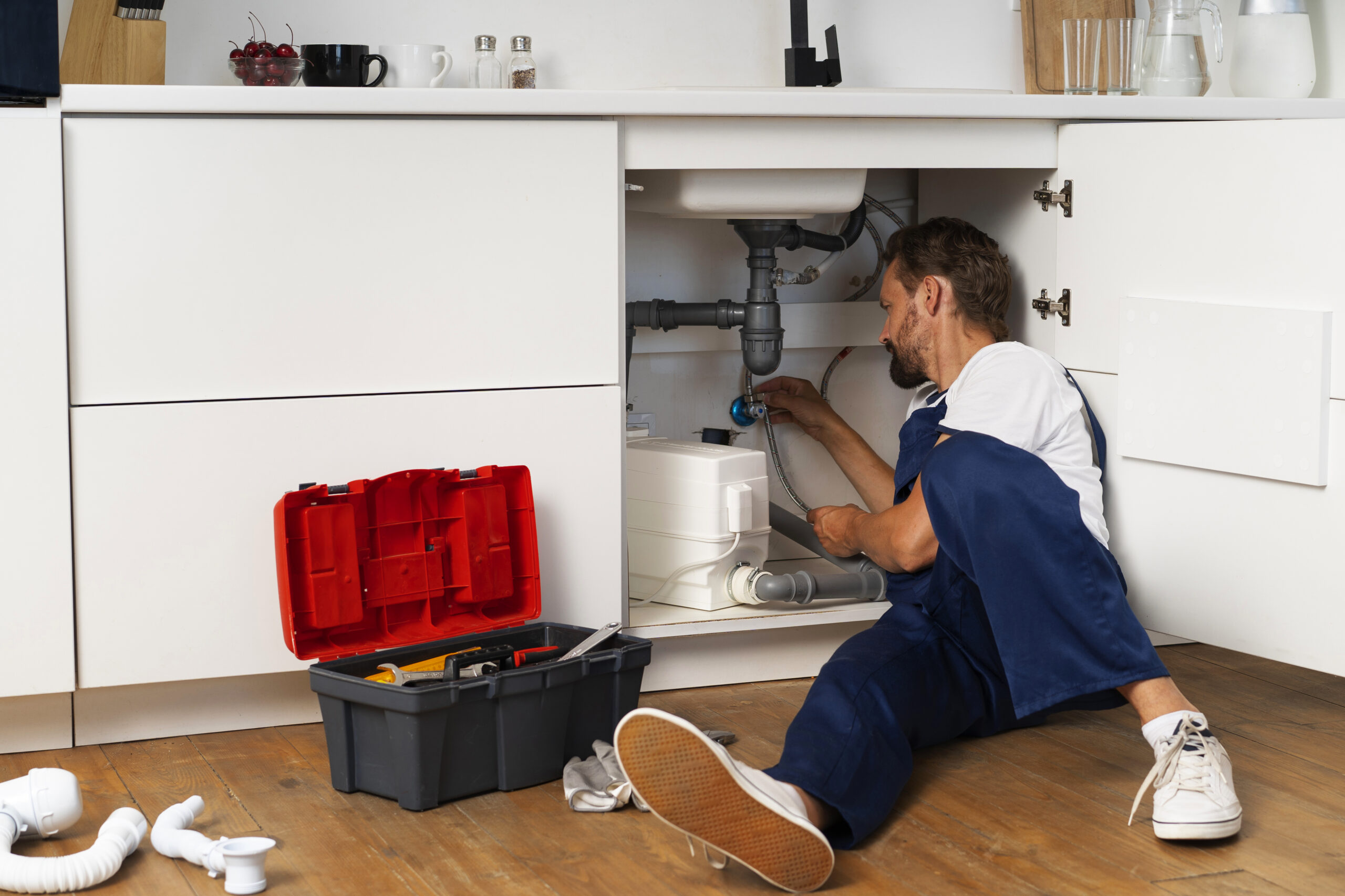If your kitchen faucet flow is getting weak, here are a few things you should check:
Aerator: The aerator is the small screen at the end of the faucet. It can get clogged with mineral deposits and debris, which can reduce water flow. Unscrew the aerator, clean it with a vinegar solution if needed, and then screw it back on.
Water Supply Valves: Check the water supply valves under the sink to make sure they are fully open. Sometimes, these valves can get accidentally turned partially closed.
Supply Lines: Inspect the water supply lines leading to the faucet for kinks or blockages. Ensure that they are not damaged or obstructed.
Faucet Cartridge: If you have a single-handle faucet, the cartridge inside could be clogged or worn out. This can reduce water flow and may need to be cleaned or replaced.
Clogged Pipes: Over time, pipes can accumulate debris or mineral buildup that restricts water flow. If you suspect this, you may need to call a plumber to inspect and clean the pipes.
Water Pressure: Check if the water pressure in your entire home is low. If it’s only affecting the kitchen faucet, the issue is likely localized to the faucet itself or its immediate components.
Water Filter: If your faucet has a built-in water filter, it might be clogged. Check and replace the filter if necessary.
If you go through these steps and the problem persists, it might be a good idea to consult a professional plumber to diagnose and fix the issue.


